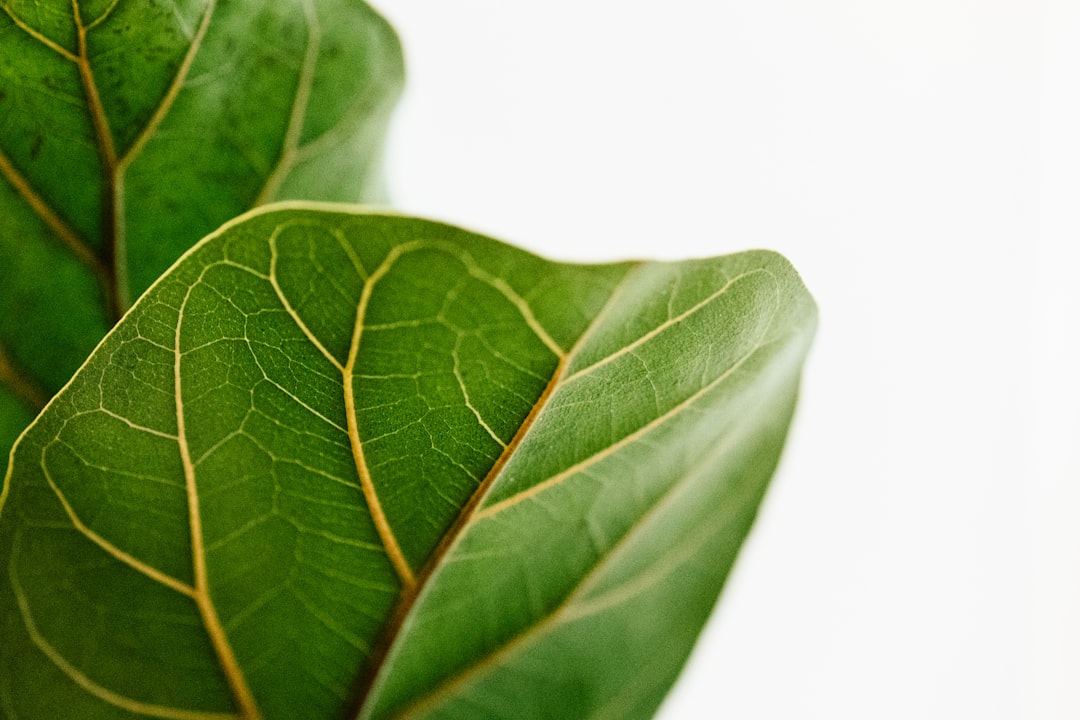Plants may not speak in words, but they’re excellent communicators. A drooping leaf, a discolored stem, or a spotty bloom are all ways your plants whisper (or scream) that something’s not right. Whether you’re tending tomatoes on a balcony in Buenos Aires, managing a tea plantation in Kenya, or nurturing orchids in a greenhouse in Norway, learning to "read" the signals your plants send is essential to growing success.
In this blog post, we’ll explore how to decode plant language—from universal stress signs to regional challenges—so you can become a more responsive, empowered gardener or grower, no matter where you are in the world.
Why Plants Communicate Through Symptoms
Plants are rooted in place, so when they encounter stress, they adapt or signal distress through physical changes. These visual cues are their survival strategy. When you know what to look for, your plants will start to "speak" to you, and you’ll be better equipped to help them thrive.
Common Plant Distress Signals (And What They Mean)
1. 🌿 Yellowing Leaves (Chlorosis)
What it means: Nutrient deficiency (commonly nitrogen), overwatering, poor drainage, or root damage.
Solutions:
-
Check soil drainage and moisture levels.
-
Amend soil with compost or organic fertilizers.
-
Ensure adequate sunlight.
2. 🍂 Brown Leaf Tips or Edges
What it means: Low humidity, salt build-up in the soil, or inconsistent watering.
Solutions:
-
Increase humidity (especially indoors or in arid climates).
-
Use filtered or rainwater to reduce salt accumulation.
-
Mulch to retain soil moisture.
3. 🍃 Wilting
What it means: Can be a result of too little or too much water—or root rot.
Solutions:
-
Stick your finger into the soil: is it dry or soggy?
-
Water deeply but less frequently.
-
Improve soil structure and drainage if needed.
4. ❌ Leaf Spots or Mold
What it means: Fungal or bacterial disease, usually from excess moisture or poor air circulation.
Solutions:
-
Space plants appropriately.
-
Avoid overhead watering.
-
Use natural fungicides like neem oil.
5. 🐛 Chewed Leaves or Holes
What it means: Pests such as caterpillars, beetles, or snails.
Solutions:
-
Identify the pest and use region-appropriate controls (natural predators, diatomaceous earth, handpicking).
-
Encourage biodiversity with companion plants.
Regional Plant Problems: Know Your Local Challenges
🌍 Tropics & Subtropics
-
Common issues: Fungal diseases, root rot, aphids, nematodes.
-
Strategies: Raised beds, improved drainage, and interplanting with pest-repellent herbs like lemongrass and basil.
🌵 Arid & Semi-Arid Climates
-
Common issues: Salt build-up, sun scorch, low organic matter.
-
Strategies: Shade cloth, mulching, and compost-rich soil to retain water.
🏔️ Temperate Zones
-
Common issues: Frost damage, powdery mildew, slugs.
-
Strategies: Row covers, crop rotation, and slug barriers like copper tape or beer traps.
❄️ Cold Climates
-
Common issues: Short growing seasons, slow soil warming, frostbite.
-
Strategies: Start seeds indoors, use cold frames, and plant cold-hardy crops.
Tools for Diagnosing Plant Problems
📷 Visual Inspection
-
Regular observation is your best defense. Look under leaves, along stems, and at the soil line.
📖 Garden Journal
-
Track changes, treatments, and weather patterns to identify trends and recurring issues.
📱 Apps & Online Tools
-
Apps like PictureThis, Plantix, and local agricultural extension websites can help ID issues quickly.
Holistic Solutions That Work Everywhere
-
Compost: Enriches soil, improves drainage, and boosts resilience.
-
Companion planting: Deters pests and encourages beneficial insects.
-
Crop rotation: Reduces disease and balances nutrient use.
-
Mulching: Protects roots, conserves water, and feeds soil life.
-
Good watering habits: Deep, infrequent watering supports stronger roots.
Proactive Plant Care = Fewer Problems
The best way to decode plant distress is to prevent it in the first place. Healthy plants are more resistant to pests, disease, and climate stress. Here’s how:
-
Start with good soil: Living soil = healthy roots.
-
Choose region-appropriate varieties: Local cultivars often handle environmental stress better.
-
Observe daily: Small signs can prevent big problems.
-
Be flexible: Gardens are dynamic; adapt with them.
Final Thoughts: Listening to the Green Whisper
Plants don’t need words to tell us what they need—they show us. From curling leaves to stubborn stunted growth, the clues are all around. Once you start tuning in to their language, gardening becomes less of a guessing game and more of a conversation.
So whether you're growing kale in Kenya, roses in the UK, or strawberries in Seoul, remember: every plant is trying to tell you something. You just need to learn how to listen.

Comments
No comments yet. Be the first to comment!
You must be logged in to comment. Login